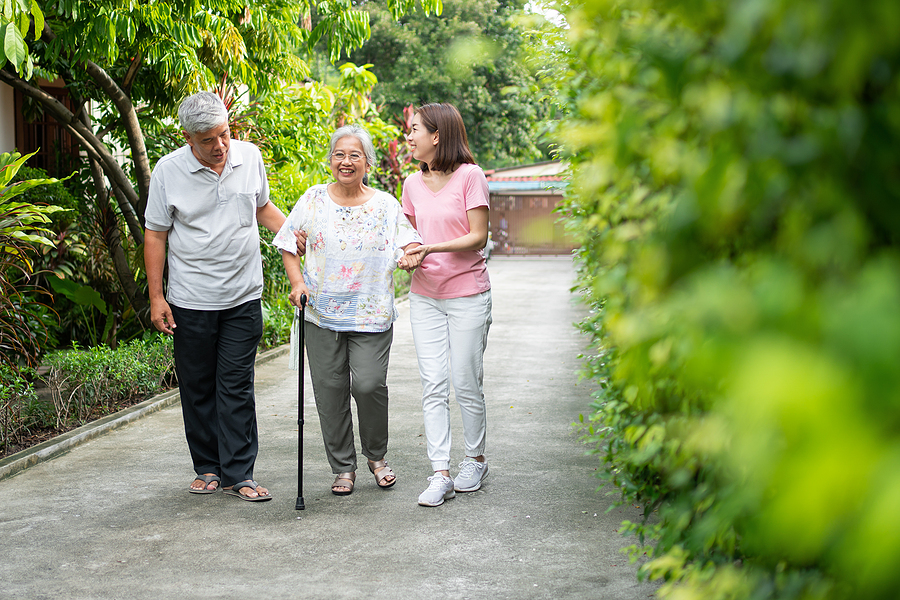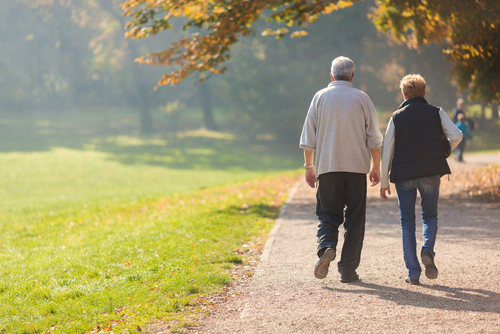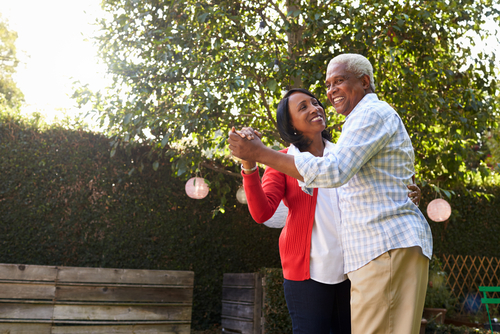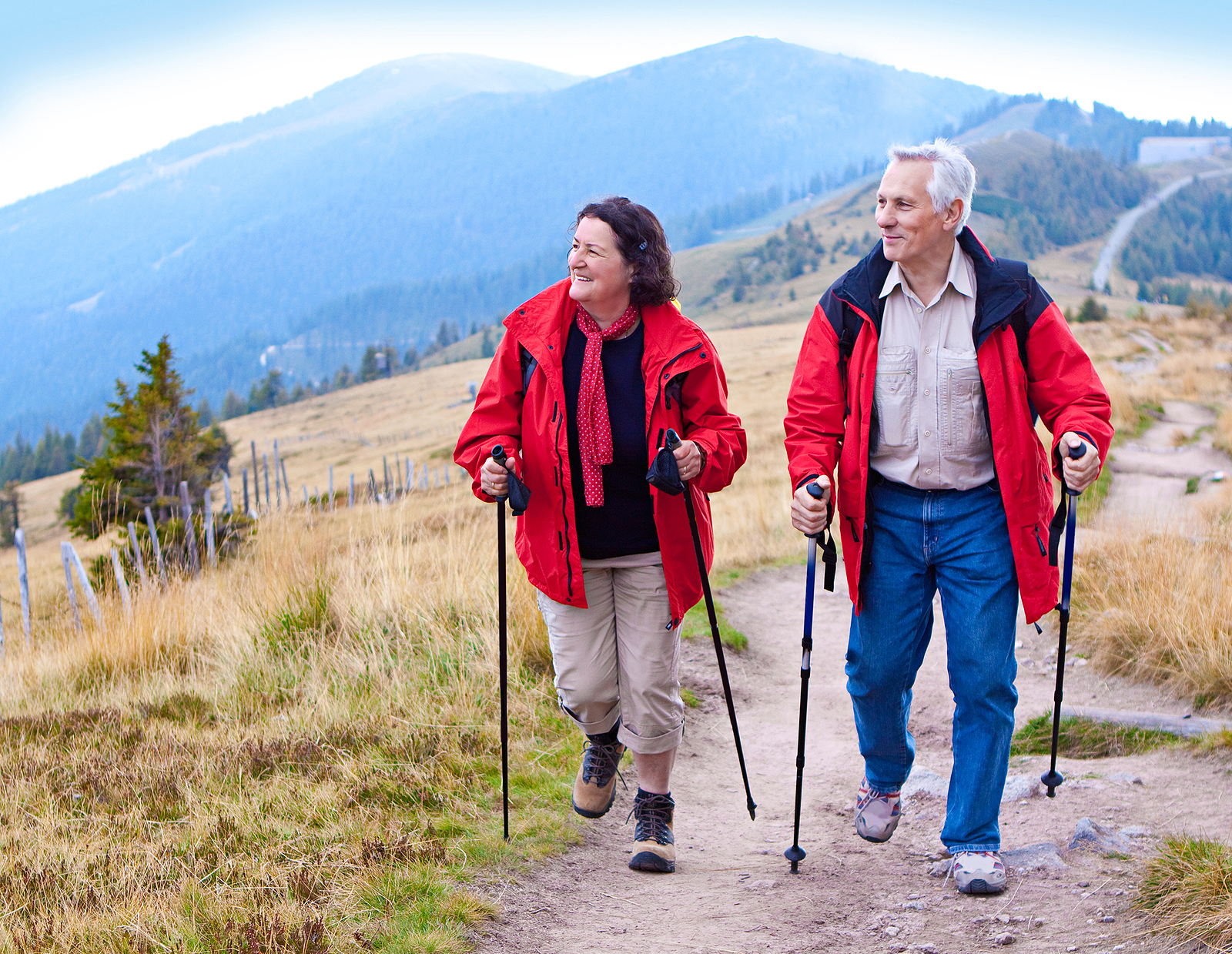Walking Safety Tips for Seniors
Category:

Walking Safety Tips for Seniors
We all know we should be exercising more. The benefits of walking for older adults can help with weight control and contribute to overall fitness and good health. If you live in a community that caters to people ages 55 and over, elderly people walking in your neighborhood is probably a common sight.
For some older adults, walking isn’t as easy as it seems. As the years creep up on us, elderly walking problems begin to develop. People feel the effects of arthritis, hip replacement surgery, knee surgery, and the everyday aches and pains that surface as we age. Seniors tend to be reluctant to exercise or walk if they are uncomfortable when doing so.
So how can we get the elderly walking again after they have dealt with some of the common complaints of aging?
Let’s take a look at some elderly walking problems and steps you can take to overcome them:
Walking Safety Tips for Seniors:
Safety is a top priority for seniors. Falls are the leading cause of visits to the Emergency Room for elderly people, so it is important to know how to prevent them whenever possible.
• Watch out for uneven surfaces and obstacles in your path.
• Try to stay on paved or concrete sidewalks rather than grassy surfaces.
• Stay alert and be aware of your environment.
• Use crosswalks. Never assume a driver sees you. Try to make eye contact with drivers and wait for the crossing signal before crossing the street.
• Don’t get in a hurry. Running or rushing increases the likelihood of a fall.
• If you must walk at night, try to stay in a well-lighted area.
Join a Seniors Walking Group:
Check with your local senior citizens center, city hall, senior living community, or senior activity center for information about a senior walking group. They usually meet in a central location such as a mall or park and walk together. This adds to the safety factor and provides an opportunity to socialize.
If you are unable to get outside to exercise, you can go to a gym or fitness center and participate in a walking-in place for seniors activity such as using a treadmill or participating in an exercise class.
Download Our Senior Exercise Guide
What About Leg Pain in Elderly When Walking?
Walking strengthens leg muscles. If you haven’t walked in a while, you may feel some discomfort or when you begin a walking regime. Start your routine slowly and rest, as necessary. Try to build strength and stamina each time you walk, but don’t overdo it.
If your legs ache or feel tired after a walk, you can try elevating them or placing ice packs on them to ease the achiness. Be sure to place a thin barrier between your skin and the ice pack. The aching should go away after a few days of walking. If it persists, you should contact your doctor for an assessment to determine if the problem could be caused by an undiagnosed medical condition.
Losing balance while walking elderly loved ones or patients can be caused by nervous system disorders such as Parkinson’s disease, Multiple Sclerosis, or even Alzheimer’s disease. If you or your loved one experiences a loss of balance or an unsteady gait, you should visit your health care professional before starting a walking program to be certain it is safe for you to do so.
The benefits of walking can be enjoyed at any age. The overall health benefits of a regular walking routine can help to boost your mood and metabolism, improve your cardiovascular system, help you sleep better, strengthen bones and muscles, and help you live a healthier and happier life.
So, follow these simple safety tips and start a walking ritual that fits your capabilities and schedule. You’ll be surprised at how much better you feel!
Subscribe
Date: June 3, 2021
Category:


